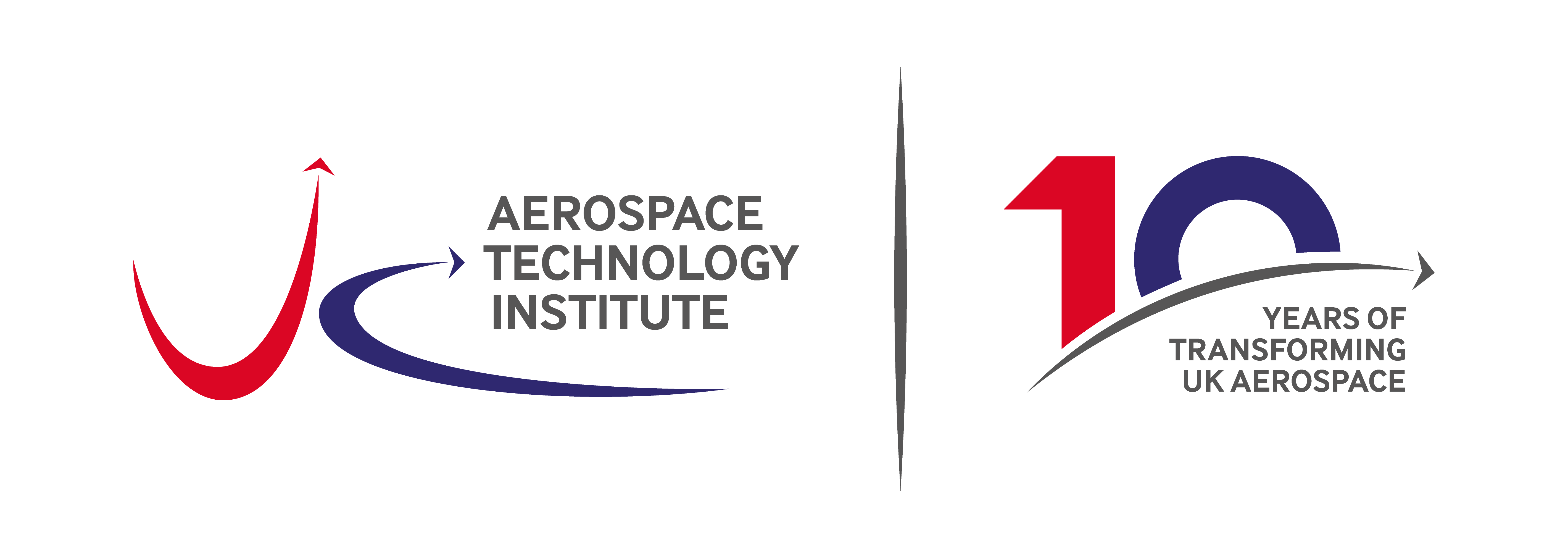Existing investments in aerospace technology delivering non-CO2 benefits
Adam Morton, ATI Head of Technology – Sustainability & Strategy, considers how current technology development programmes could not only help to reach Destination Zero, but also play a key role in addressing non-CO2 impacts from aircraft.
Published in 2022, the Aerospace Technology Institute (ATI) launched Destination Zero, setting out the technology advancements needed to achieve Net Zero 2050 in aviation, while securing economic benefit for the UK. The strategy recognised the need to collaborate across the whole aviation ecosystem and three technology roadmaps provide the direction and priority areas in the development of ultra-efficient, zero-carbon and cross-cutting enabling technologies. Together, the sustainable aircraft technologies in the roadmaps could support global carbon emission reduction of nearly 2 gigatons by 2050.
In advancing ultra-efficient technologies, programmes funded through the ATI are realising carbon emissions reductions while addressing aviation’s non-CO2 emissions. Collectively, non-CO2 emissions refers to the direct and indirect effects of combustion found in aircraft exhaust plumes, aside from carbon dioxide.
One programme reducing both carbon and non-CO2 emissions is Rolls-Royce’s UltraFan project. Best known for targeting 25% higher efficiency than the first-generation Trent engine, UltraFan also offers 40% less oxides of nitrogen (NOx) and almost zero non-volatile particulate matter (nvPM) at cruise. Delivering higher efficiencies at the same time as lowering NOx emission has historically involved navigating challenging technical trade-offs. NOx emissions are strongly influenced by the delicately balanced conditions and temperature in the combustion chamber. Here, advancements in technologies to reduce carbon emissions are also expected to deliver non-CO2 emissions reductions at the same time.
These next generation engines are designed to be 100% Sustainable Aviation Fuel (SAF) compatible from day one. Since there is strong evidence that SAF use can further reduce particulate emissions and the potential for warming contrails, this compatibility again provides scope for non-CO2 benefits in service.
As zero-carbon aircraft technologies including hydrogen propulsion develop at pace, ATI investments in projects such as the GKN H2Gear project and ZeroAvia’s HyFlyer II not only has the potential to deliver decarbonisation of aircraft, but also address wider climate and air quality effects. Meanwhile electric aircraft have the advantage of producing no emissions in flight, although they are not expected to offer the same fleet-wide carbon reduction.
To realise ultra-efficient and zero-carbon technologies, the ATI strategy also includes development of cross-cutting enabling technologies that support the entire aircraft lifecycle from design, through manufacturing and assembly, during operation and to end of life. These include high value design and validation, cutting edge manufacturing and assembly, and better through-life support are just as important for non-CO2 mitigation as the systems and platforms they go into. Addressing the materials challenges of ultra efficient engines, or equipment coming into contact with liquid hydrogen, is also a key part of a holistic atmospheric emissions strategy. This is true even though the pursuit of these technology objectives was initially driven by decarbonisation targets.
Ultra-efficient and zero-carbon emission technologies are going some way to addressing non-CO2 emissions but there is more to be done. As scientific understanding of aviation’s non-CO2 emissions grows, supported by Natural Environment Research Council (NERC) and DfT’s research programme, new opportunities for technology-based research and development will emerge too. This presents an opportunity for the UK aerospace sector to work hand in hand with the science community to capitalise on the market and environmental benefits this new understanding brings.


